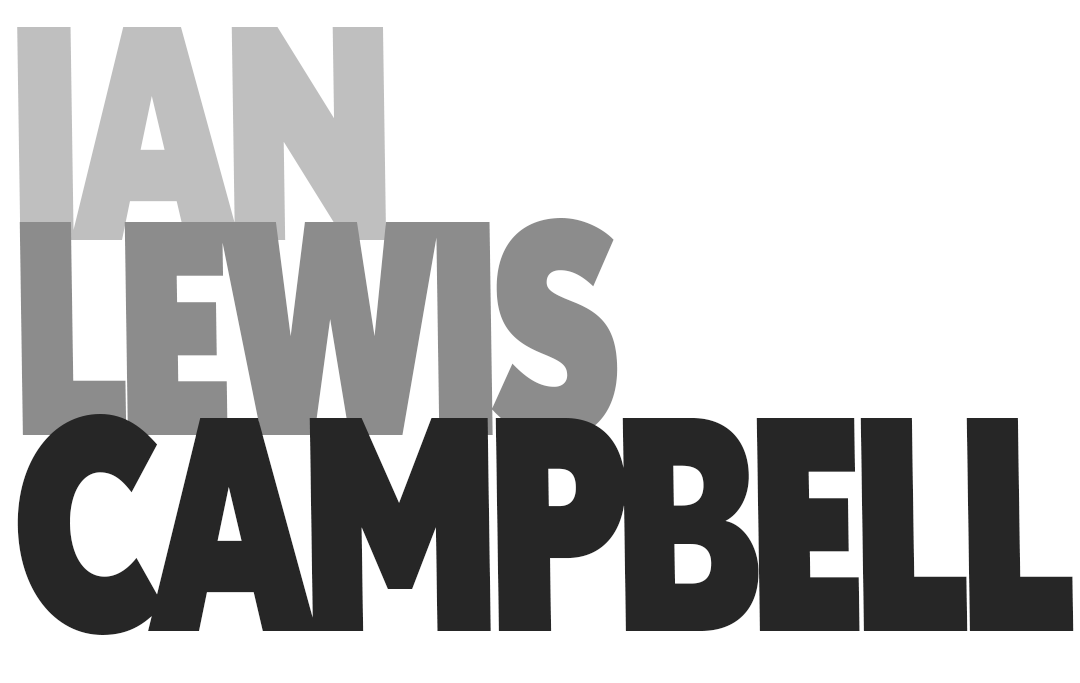Securing the Story
Norton Retail Assets
The most effective product stories aren't told through feature lists. They're revealed through understanding what people actually need.
When Norton briefed us on their struggling Small Business Cybersecurity solution, the challenge wasn't just about poor sales. It was about clarity, differentiation, and creating mental space in a crowded digital security marketplace.
The Invisible Problem
Norton faced a two-fold challenge. Their Small Business Cybersecurity product wasn't performing on retail platforms, and it suffered from an identity crisis—too similar in branding to Norton 360, creating confusion rather than choice. On Amazon US and UK, and across other retail sites, the assets were underperforming, failing to tell any story at all.
Feature lists dominated the copy. Generic security imagery filled the visual space. The product existed, but it didn't mean anything to the small business owner scrolling through options at 11 PM, worried about their company's digital vulnerability.
This wasn't a design problem or a copywriting problem. It was a storytelling problem.
Seeing the Bigger Story
As I've learned throughout my creative practice, great work is about how everything comes together to create something greater. With Norton's retail assets, we needed to look past the specifications, the feature sets, and the technical capabilities to see the bigger picture: what does a small business owner actually feel when they think about cybersecurity?
They feel vulnerable. Overwhelmed. Uncertain about whether they're doing enough to protect what they've built.
We rewrote the entire narrative. Instead of listing features, we crafted a story about safety, security, and peace of mind. We positioned Norton Small Business Cybersecurity not as a collection of tools, but as a simple solution that lets business owners focus on what matters—growing their business while knowing their digital assets and finances remain protected.
The shift was fundamental: from "here's what it does" to "here's what it means for you."
Refining Through Constraints
Every choice in retail design carries weight, especially on platforms like Amazon where specifications are strict and competition is fierce. We had to think about how our work would take up space on the screen and in the viewer's mind.
Working closely with Norton's retail team, we designed multiple options, each exploring different ways to balance brand legacy with modern appeal. Our initial concepts moved in various directions; some too conservative, others too radical. We presented multiple brand-aligned versions, each testing different approaches to Amazon's rigid specifications.
The designs that eventually succeeded emerged from a process of creative destruction, where we had to dismantle familiar approaches to discover better ones. We discovered a visual approach that honored Norton's established brand identity while feeling contemporary and confident. The design created breathing room. It didn't shout features; it invited consideration. Clean typography, strategic use of color, and purposeful hierarchy guided the eye naturally through the value proposition.
For Norton 360, we applied similar principles while acknowledging its evolution toward AI-enhanced capabilities. The refresh needed to signal progress without abandoning recognition. The result is assets that feel both familiar and forward-looking, maintaining brand equity while opening space for new positioning.
Creating Space That Converts
The final retail assets don't just occupy space on Amazon and other platforms—they create space in the viewer's understanding. The copy advances the story and clarifies the value proposition. The design provides visual confidence that matches Norton's security promise.
For small business owners comparing options, our work transforms Norton Small Business Cybersecurity from another checkbox item into a clear choice. The assets invite engagement rather than demanding attention. They answer questions before they're asked. They make the complex beautifully accessible.
For Norton 360, the refreshed look signals capability and evolution, positioning the product for its expanding AI features while maintaining the trust and recognition the brand has built.
Beyond the Transaction
Retail design is often dismissed as purely transactional—make it look good, drive the click, get the sale. But the most effective retail work does more than convert; it clarifies. It educates. It creates understanding that extends beyond the purchase moment.
Our Norton retail assets succeed not just because they follow platform specifications or employ smart design principles. They succeed because they create conceptual territory where small businesses and individual users can understand their own needs more clearly.
In the end, we didn't just refresh Norton's retail presence. We created space for their products to be understood, considered, and chosen—not through aggressive differentiation, but through thoughtful clarity and human-centered storytelling.
That's the power of approaching retail assets like a novelist approaches narrative, like a sculptor approaches form, and like a leader approaches collaboration: with intention, patience, and respect for the process that transforms features into meaning.









